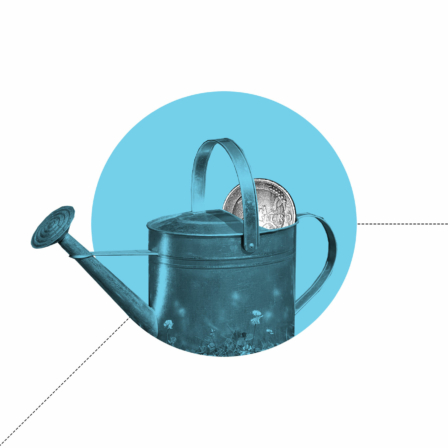Smart land use, teaching and education and an ambitious long-term industrial policy are means by which municipalities and cities can enable the development of a circular economy.
Municipalities and cities may function as circular economy accelerators by activating local operators, implementing public procurement in line with the circular economy and encouraging industries and inhabitants in the area to take action compliant with the circular economy. The development of circular economy operating models requires new partnerships, and the establishment of such partnerships can be promoted by local authorities. Through procurement, local authorities may provide companies with test platforms for solutions that support the circular economy.
The role of local authorities as planners, buyers, customers, property developers and licensing authorities gives them opportunities to accelerate the creation of a circular economy society. The built urban environment, buildings and the management of land offer a lot of circular opportunities in towns. The circular economy must be integrated into regional planning. The efficiency of construction and choices of materials can be affected through land-use planning.
In urban planning, priority must be given to light traffic and public transport. The expansion of recharging and refuelling networks for alternative forms of power enables longer journeys. New on-demand mobility services that flexibly respond to demand and supply offer a noteworthy mobility alternative to driving a car.
The demand for innovative services created through local authority public procurement promotes circular economy business.
Local authorities can gradually increase the procurement of services and user rights instead of physical products. In public construction, this could mean, for example, applying a model where the property developer itself remains the owner of the property. This would give the developer an incentive to promote durable, and energy- and resource-efficient construction. It is also possible to significantly enhance the use of public premises by joint use, for example.
For local authorities, public catering services are a direct way of influencing the dietary habits of many consumers. Public catering services should be used for promoting, for example, nutrient cycling, agroecological symbioses and the health of soil. It is beneficial for both the environment and health to favour plant protein products and lake fish. The reduction of food waste is both an ecologically and economically profitable way of increasing the efficiency of catering services.
In sparsely populated areas, the circulation of agricultural resource flows can be enhanced, for example, by means of establishing networks for the production and use of biogas. This enables increasing the use of domestic renewable fuels in heat production and the transport sector as well.
Enjoying the fruits of ambition
Having made a transition to a circular economy by 2025, Finland will have redefined its conception of progress. Small steps and major leaps to a carbon-neutral circular economy will have started a whole new economic game, where the profits are shared on totally different grounds to those in the era of overconsumption. In the same manner as in the old linear economy, the game will be honed in an increasingly seamless and efficient direction – only the starting points will have totally changed.
When Finland is able to fully exploit the global market potential of a carbon-neutral circular economy, the ambitious home markets will serve as a foundation upon which companies generate and use new solutions. This will attract foreign investment to Finland. Consumption habits will have changed and will now rest on a sustainable basis – no waste is produced, and business profits are no longer generated by overconsumption.
The circular economy will have created new business operations and jobs in various regional economies. Towns and cities will become important enablers of the circular economy. The local built and data infrastructure (energy, mobility, built environment, waste treatment and water management) and services will function as development platforms for market access and the scaling up of new solutions. The circular economy will lie at the core of competitiveness and vitality.
Finland will use its natural resources in a sustainable manner.
The sustainable use of natural resources, with the help of material circularity, will also have provided a solution to the prevention of biodiversity loss. Habitat loss and degradation has been a key factor in the endangerment of species and habitat types. The transition to a circular economy will have reduced the effect of this factor, owing to the diminished need to exploit virgin natural resources. The pressure for new land development will have decreased because of the greater reuse of built areas or because of the offsetting of the degradation of the living environment in one area by improvements in other areas.
The circular economy is based on the use of low-carbon energy. Sustainably produced renewable energy (such as wind and solar power and geothermal energy) will be used as source of energy to the highest extent possible. The surplus energy and side streams from the energy industry and other industries will be used as efficiently as possible in industrial symbioses. And the elasticity of demand (through the steering of electricity consumption) and energy efficiency will have been increased in the final use of energy (link in Finnish).
The foundations of municipal strategies will have been reformed
In the mid-2020s, the circular economy will have been given a central position in the strategies of various towns and municipalities, and money and resources will have been allocated for the implementation of the circular economy. Local authorities will collaborate actively with various operators with the aim of promoting the circular economy. In municipal procurement, the share of procurement including sustainable development and/or circular economy criteria will have increased significantly. Furthermore, land-use planning will offer incentives for efficient land use or changes in the form of land use to promote the circular economy. An increasing share of passenger mileage will be in the form of walking, cycling or public transport.






ACTIONS
Find an action you can take or create your own!